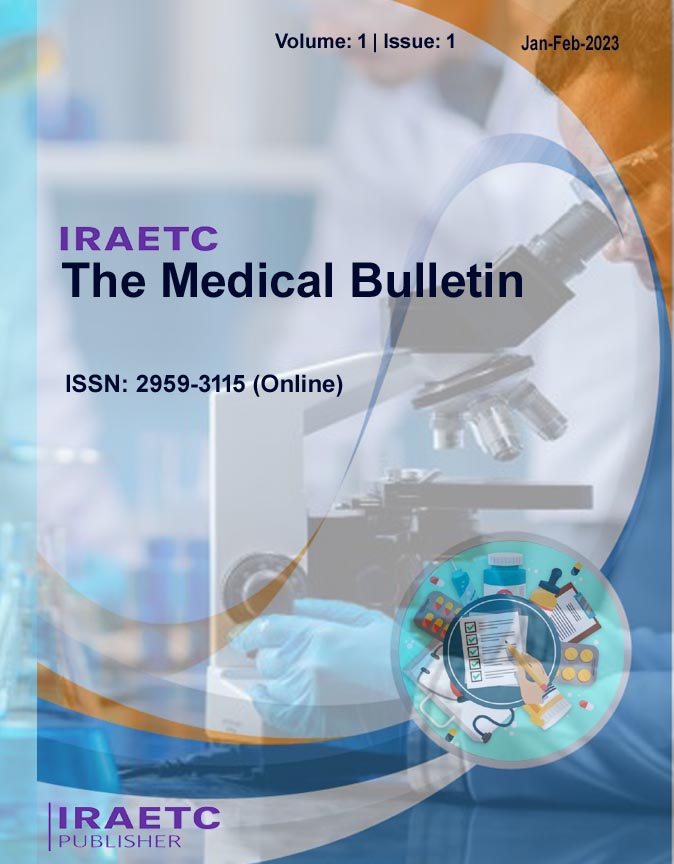Different Food Color Used in Food Samples: A Chemical Analysis Study in Kishoreganj District, Bangladesh

| Different Food Color Used in Food Samples: A Chemical Analysis Study in Kishoreganj District, Bangladesh |
| Iftear Kazim Rafi, Shariful Islam Tannu, Tanzim Amin Borhan |
| https://doi.org/10.62469/tmb.v02i02.002 |
| Pdf Download |
